Just some thoughts in sketches.

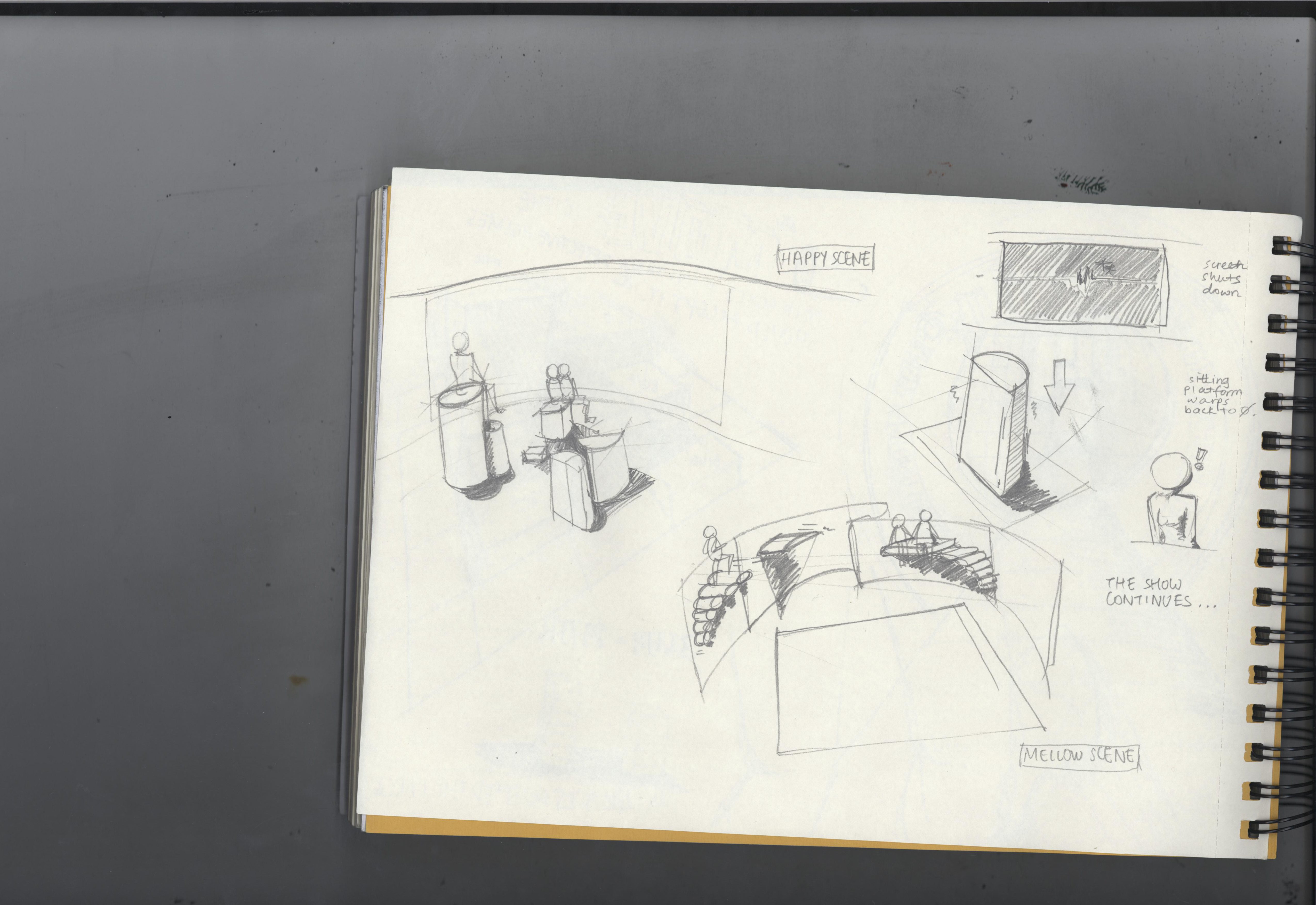
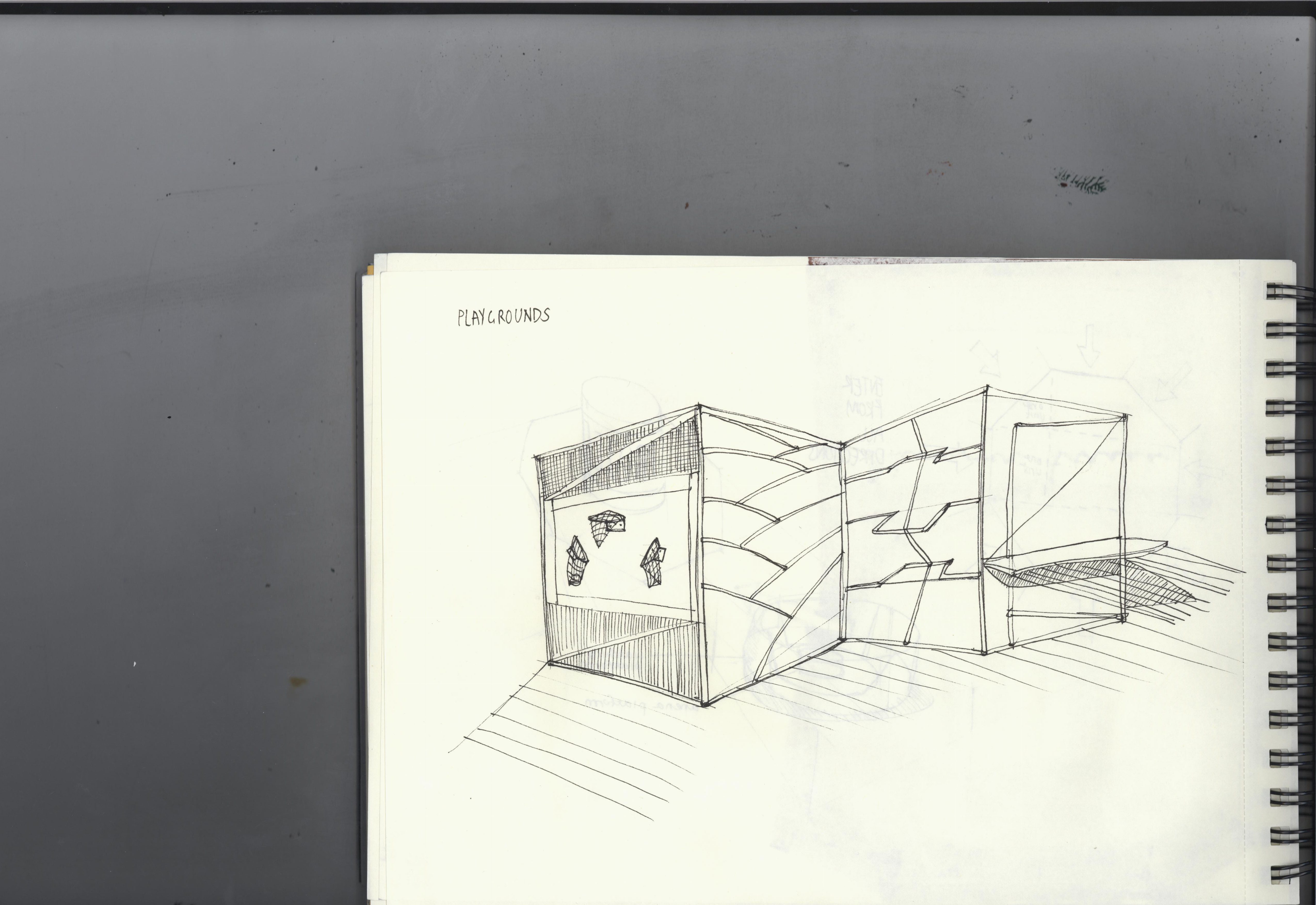
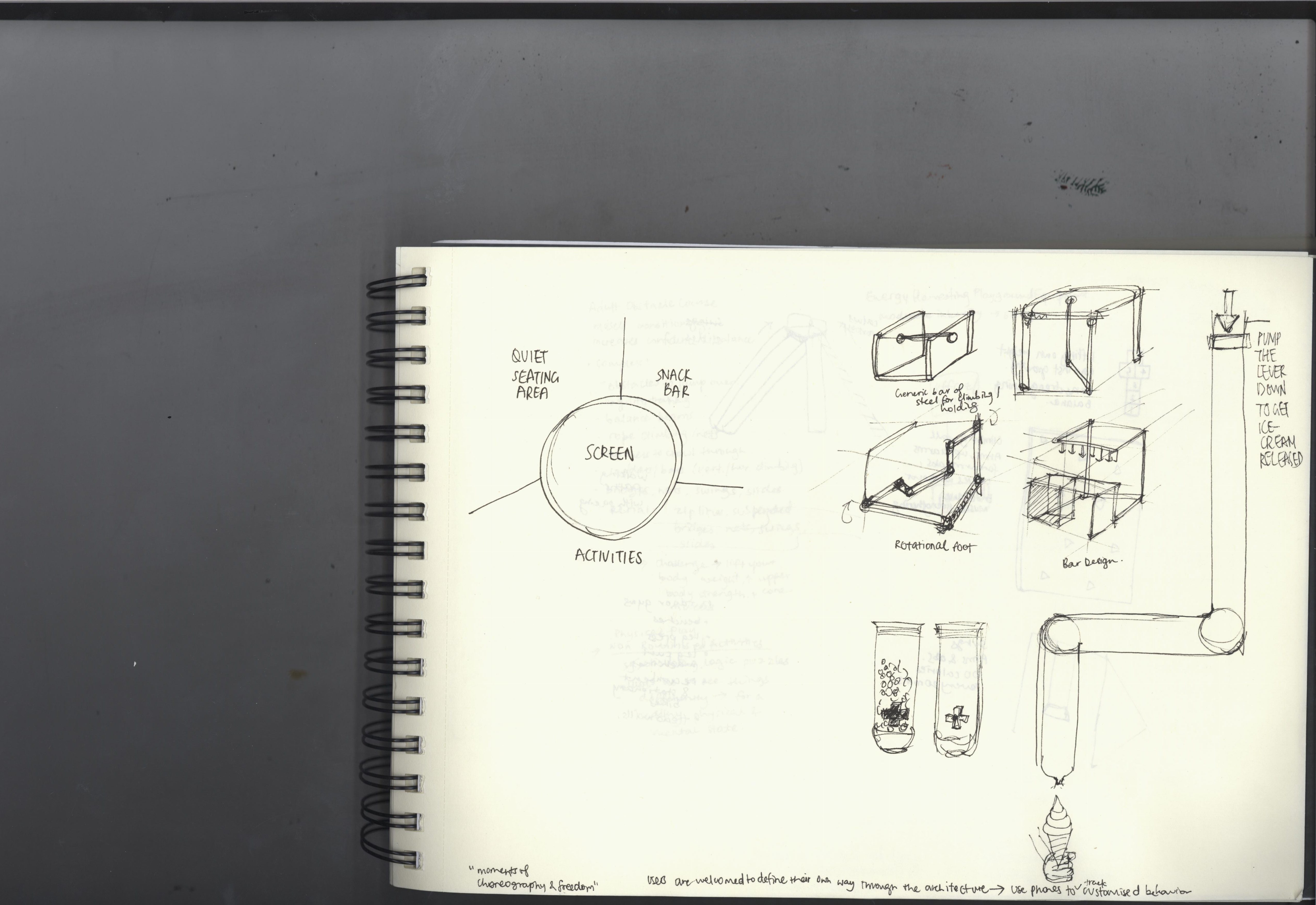
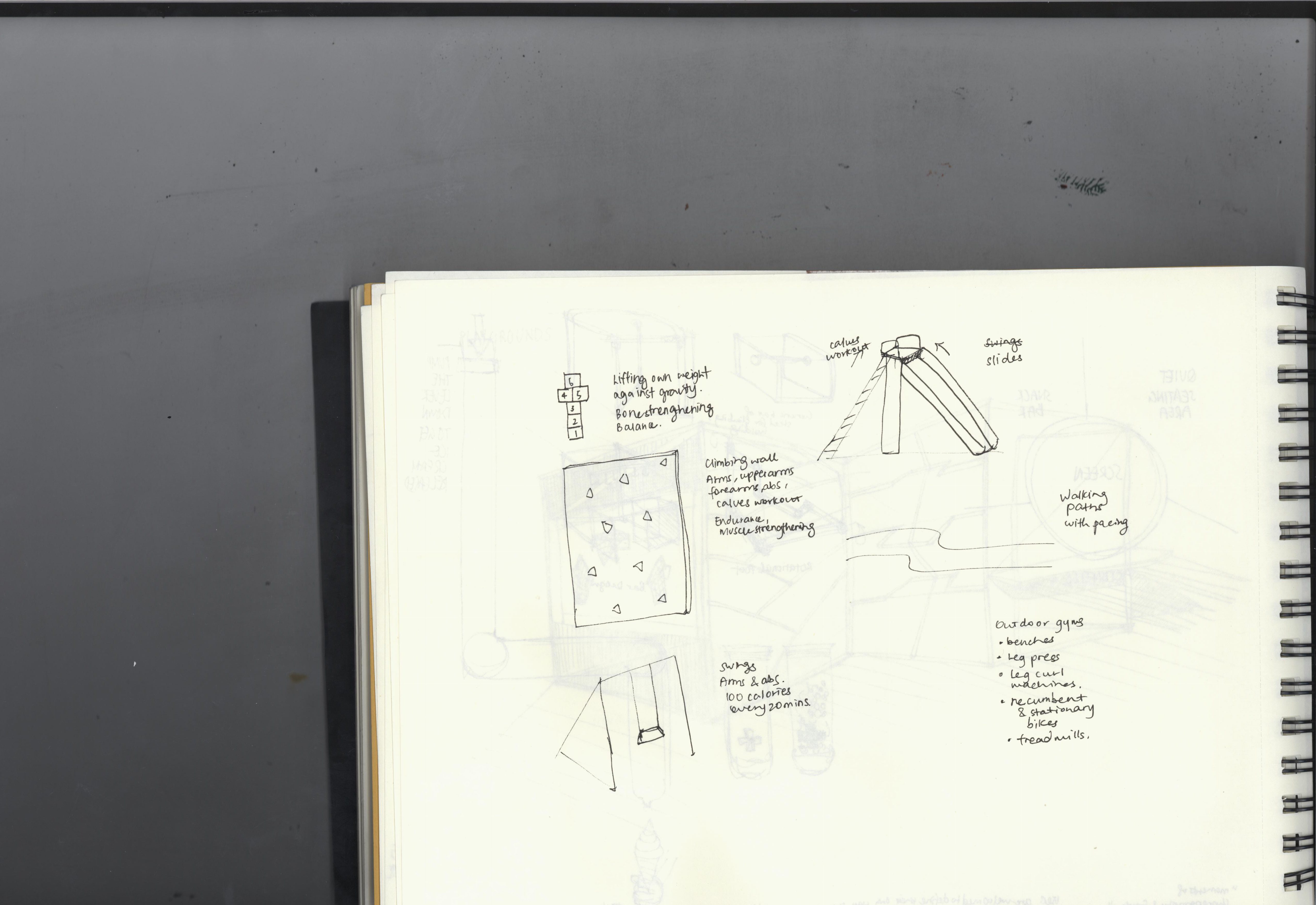

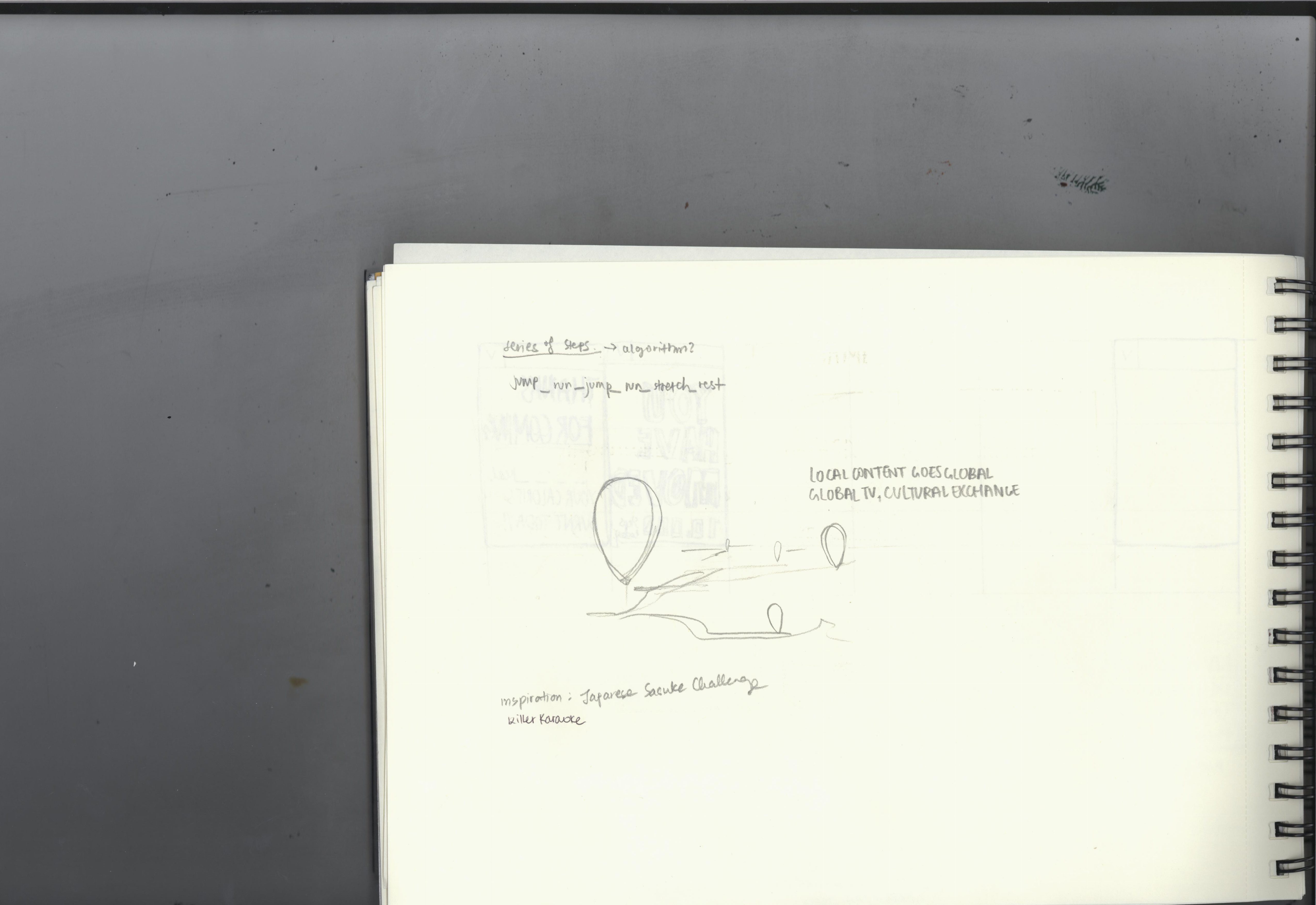
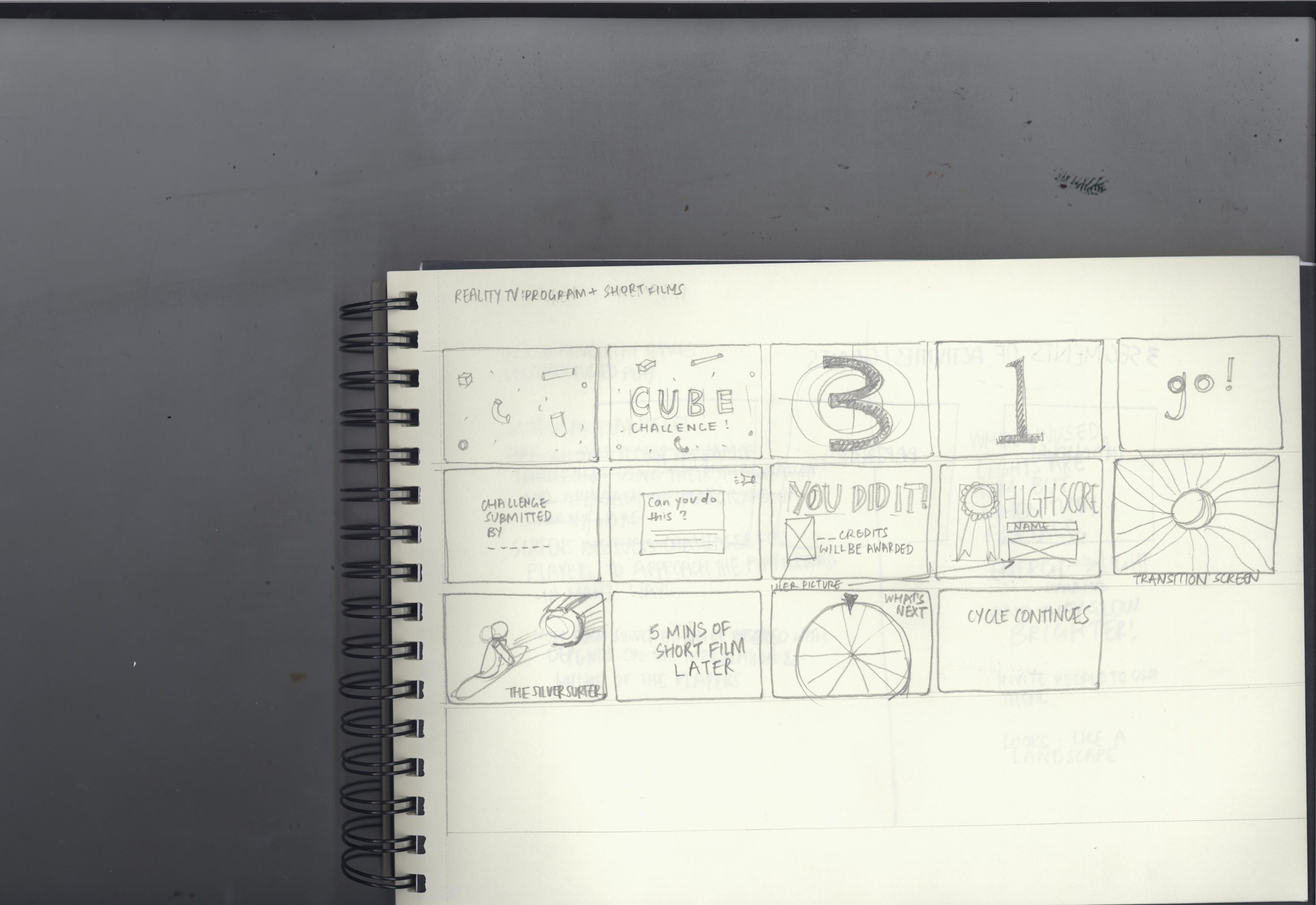
Currently I am working on the form of the playscape.
Just some thoughts in sketches.








Currently I am working on the form of the playscape.
Commenting lecturers: Fabrizio and Galina
Comments:
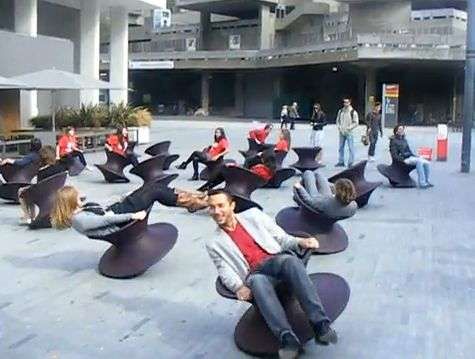
• Net as a fabric might not work when spanned over a large area. The net may sink in the middle. > (Some ways to solve this problem include smaller units of nets, or making use of stronger material such as polypropelene from trampolines)
• Think about the attire of the users when going to such a place. Must there be a dress code?
I think at this point it is important for me to eliminate what works and what doesn’t work. Netflix TV shows such as cartoons and comedies will not work because of its weak connection to movements at all. If I were to continue to use the idea of combining tv and activity, the TV shows picked should be relevant eg sports channels, or reality TV.
This makes me think of Episode 2 of Black Mirror “Fifteen Million Merits”. In the world narrated, everyone must cycle on exercise bikes in order to power their surroundings and generate currency called Merits. Everyday activities are constantly interrupted by advertisements that cannot be skipped or ignored without financial penalty.
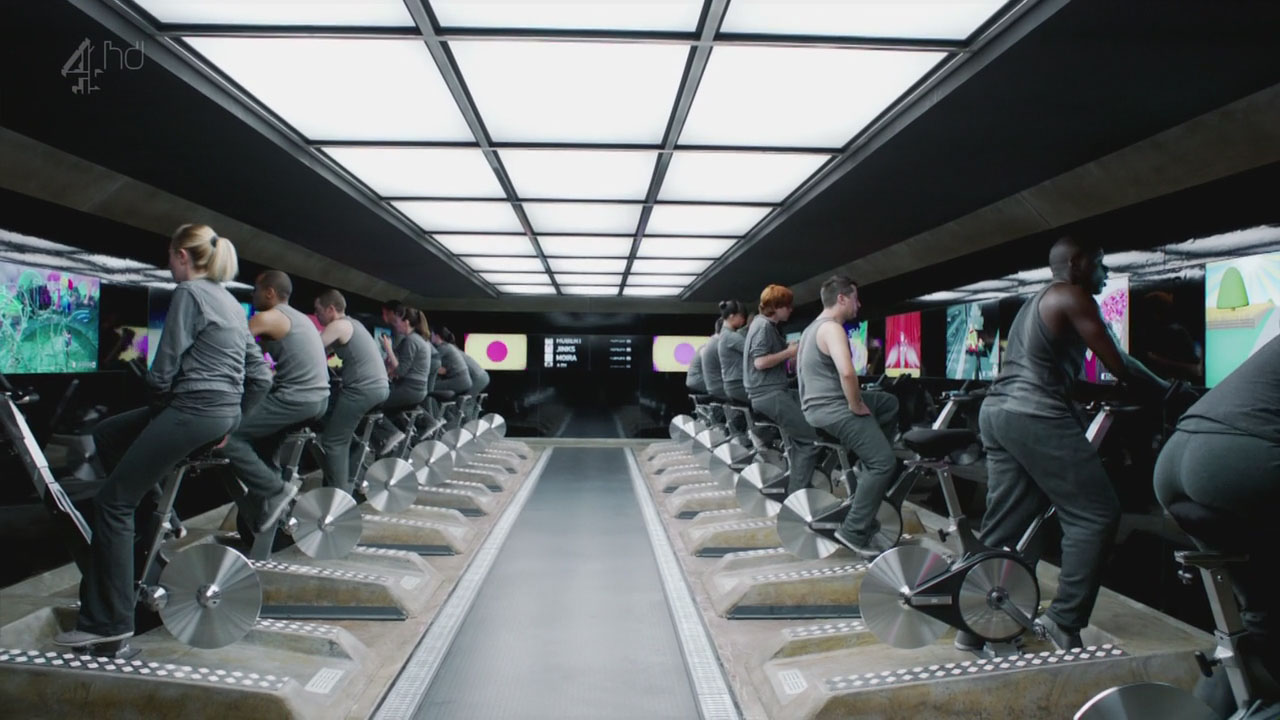
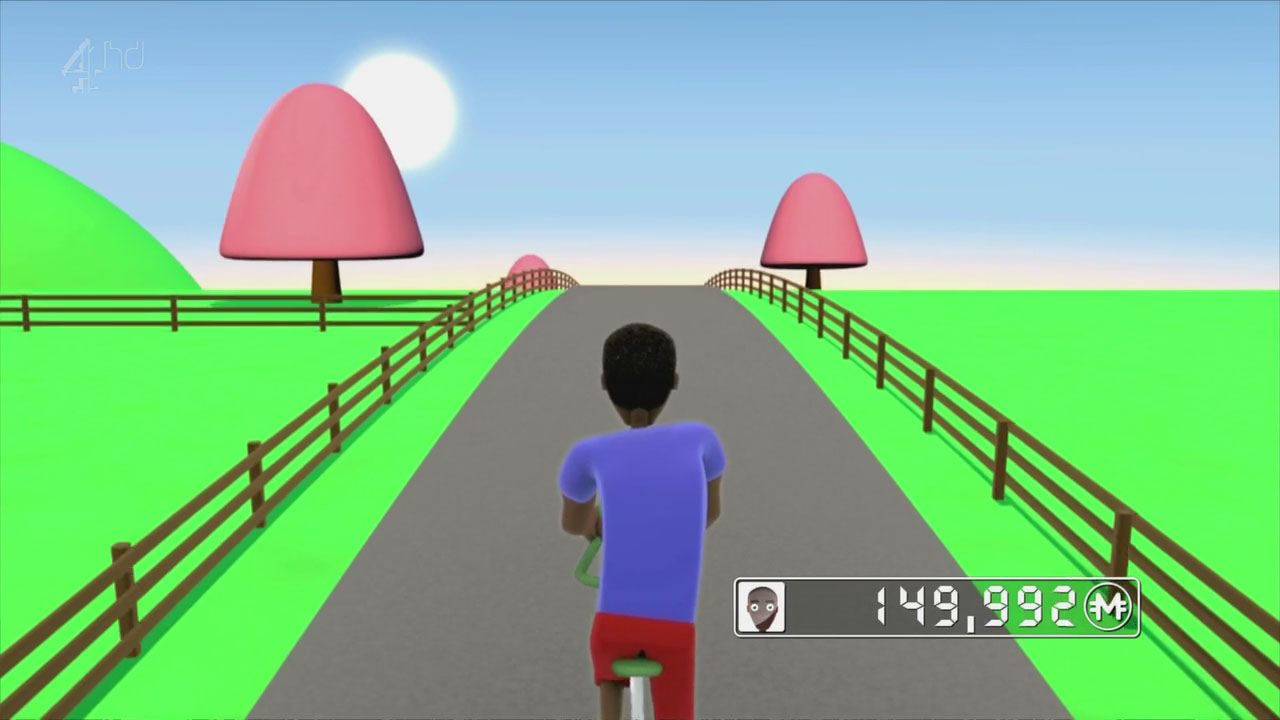
Perhaps instead of movie shows, the screens can be a form of visual aid combined to improve on the mundane activity of exercising in a gym. For example, visuals of ascending mountains when ascending staircases, or like the above example, visual aid to show distance ran while running on a threadmill. [Exercising does not have to be always fun (when the act of doing an activity is rewarding) , but many do it for the sense of achievement and accomplishment they receive.]
Updates: Dilemmas
Designing for people who need the active lifestyle but are not eager to to change
– Mismatch of expectations: When someone goes to the place with the expectations that they will get a good experience of CINEMA, but instead, gets asked to move about instead. > it’s not impossible to get people to move but perhaps more subtly > then it has to be motivational.
VS
Designing for people who are eager to change their lifestyle and need help
– Match between expectations when visiting the space for the experience of EXERCISE, and the actual scenario when they are helped with improved experience
VS
Designing for PLAY.
Remove the notion of designing for cinema or designing for exercise. Designing for play is a better option imo. Because 1. The expectations are conveniently different for each person. The rewards for each person varies. Rather than narrowing it down to only health or worse, tv entertainment. No guarantees but likely at bridging the expectations vs reality. 2. Being free while playing invokes creativity, and escapism is a good reason for people to visit the space.
Questions:
My answer for that is to provide the option for different levels of engagement.
I refer to readings and credit the thought process of John Falk, in his theory of 5 Different Kinds of User Experience. Based on his almost 40 years of research in the field, he has come up with 5 “experience types” which he says are pretty much universal in all people, regardless of demographic. These describe basic human needs. They are:
After research on John Falk’s theory, my answer for the first point is to look at the bigger picture and design for majority of these personality profiles.
What is needed:
Newest concept as of now:
Using webbed surfaces as a seating and interactive tilting system for group tv viewing activities. I chose web surfaces because it allows constant movement as a default and fulfils the purpose of my project, which is to encourage physical movements. The use of webbed surfaces are supported by the point that a way of encouraging physical activities is through social interaction. Webs create a sense of awareness of new additions to the seating area and also urges the sitter to move and adapt to new additions. Activities which allows the users to gain credit for shows will take place on a separate hard surface, incorporated with tilt and infrared sensors. (SKETCH)
The comments received are as below:
Rethinking the concept:
The project that I have come to design is speculative, assuming that people will be motivated to make changes to their lifestyle and that the idea will appeal to the general public.
Through this project I hope to help to cultivate an awareness of the negative effects of a sedentary lifestyle and subtlely change the behaviors of long hours of sitting. I embarked onto this project with the assumption that there will be a greater awareness of the effects of sedentatry lifestyle and hoping that people’s aspirations will be sufficient for the project to take off. These are dangerous assumptions taken that design, aimed to be behavioral changing, operates within an intricate web of socio-cultural and economic situations. Hence for the project to take off, it has to be contextualised and meet real needs. It needs a stepping stone for it to be applied into the real world.
Looking at corporate companies which have greater incentive to make such things happen are companies which has a welfare system for its employees. Technology companies and creative offices such as Google and Apple offer flexible and creative work environments.
Quoting Craig Nevill-Manning, on Google’s philosophy and its real physical embodiment in the architecture of Google:
“The philosophy is very simple,” Mr. Nevill-Manning said. “Google’s success depends on innovation and collaboration. Everything we did was geared toward making it easy to talk. Being on one floor here removed psychological barriers to interacting, and we’ve tried to preserve that.” Among innovations that sprang from seemingly chance office encounters are the Google Art Project, which is putting thousands of museum works online, and enhancements to the company’s AdSense and AdWords advertising platforms. Razor scooters make it easy to get around the huge floors (each covers five acres), which offer every conceivable gathering space, from large open spaces to tiny nooks with whimsical furniture.
The experience product I design has to cater to a certain age group. As previously mentioned, the age group is young adults 20-39 years of age, in the initial stage, becuase they are early adopters of technology and are more receptive of new ideas. This has to be further narrowed down, specifically to people who spend majority of their time behind screens in order to be more convincing.
Information taken from journal:
Comments from lecturers
• Netflix might have copyright issues with me using their assets as part of my FYP, thus might be a problem when I put this project in my portfolio. Since there is a Singapore Netflix office he suggested for me to pitch it to Netflix. However, seems supportive of me combining two types of service – online shopping and physical store.
• Should the design show close connection with the brand? How will the physical aspect of my project look like > Is it meant to release stress?